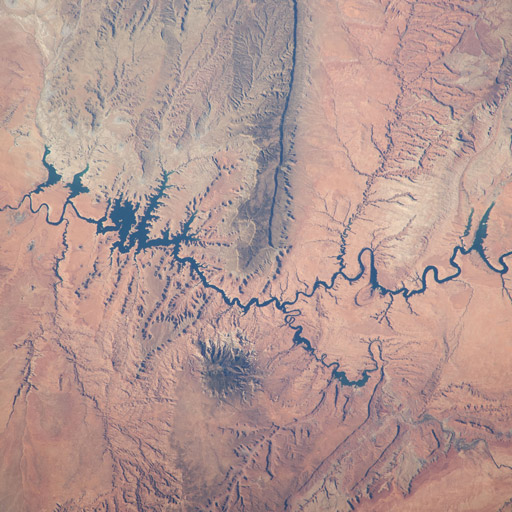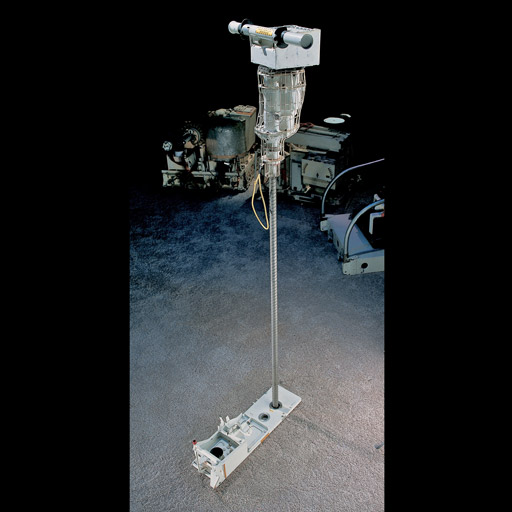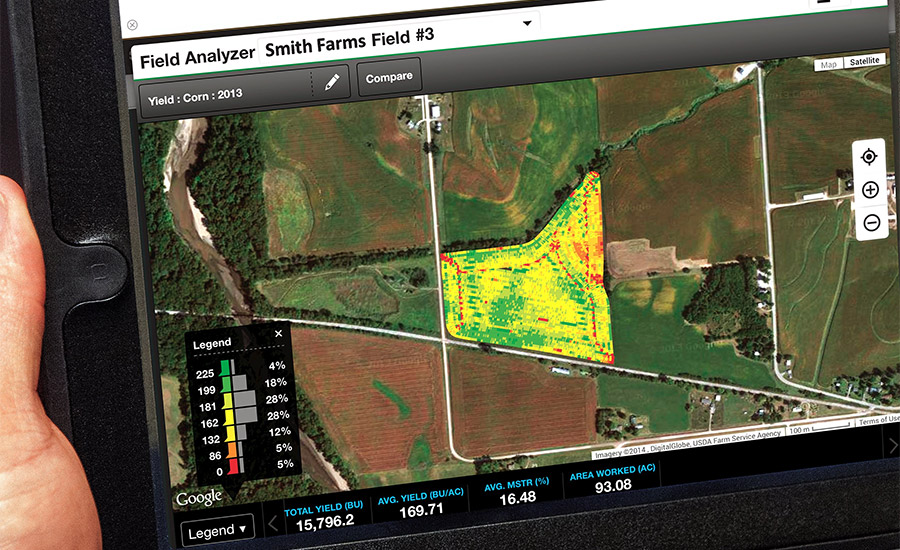
- Technology -
Have you ever wondered how space exploration affects your daily life? NASA’s first six decades of discovery have benefited our lives in many ways: your cell phone, for example. Numerous tools and technologies for solving seemingly impossible challenges in the harsh and unforgiving environment of space have been adapted for Earth-bound use. NASA makes sure that these alternative applications, or spinoffs, are made available to the public. The benefits are making an impact worldwide in better health and medicine, transportation, public safety, consumer products, computer technology, environmental and agricultural resources, and industrial activity. Technology transfer also has a huge economic impact. It’s creating businesses and jobs committed to bringing NASA-derived technology and products—things originated from space exploration—into our cities and homes here on Earth.

Image Credit: NASA
Images
Did you know that the cameras astronauts use to take pictures of the Earth from space feature the same technology as the smartphone you use for your selfies? In the 1990s, NASA built a new kind of sensor, using a complementary metal oxide semiconductor (CMOS). It is small, requires very low power, and highly efficient—excellent for space missions and here on Earth. CMOS technology dominates our digital imaging industries, enabling cell phone cameras, high-definition video, and social media as we know it.

Image Credit: Akida Holdings
Home air purifiers eradicate harmful pathogens
We often think of air pollution as an outdoor problem, but air inside our homes can actually be even more contaminated with bacteria, volatile organic compounds, and other pollutants. NASA research first designed to help plants thrive in space turned out to work extremely well at ridding air of all kinds of toxins, and has been adapted into plug-in filters that keep the air you breathe cleaner and healthier.

Image Credit: Speedo
Space age swimsuit breaks records.
NASA focuses considerable effort addressing pressure and viscous drag, the force of friction that slows down a moving object through a substance, like air or water. The agency helped Speedo reduce viscous drag in the swimsuit company’s new LZR Racer by performing surface drag testing and applying expertise in the area of fluid dynamics.

Image Credit: NASA
Food Safety
In response to the discovery of glass shards in baby cereal in 1971, Pillsbury radically altered the safety controls for its food production. Leading the way was a research scientist who earlier had worked with NASA to develop ways to keep food stable and safe for astronauts who might not eat it until weeks after after its production. Ultimately, research involving NASA, other government agencies and private companies resulted in a process called Hazard Analysis and Critical Control Point, which is one of the basic programs for ensuring food safety in the United States.

Image Credit: National Air & Space Museum
Cordless Power Tools
NASA didn’t invent cordless power tools, but as the agency headed into the Apollo program it realized it need to be able to work in space and on the moon, where electrical outlets are scarce. Black & Decker, which really did invent cordless power tools, worked with NASA to develop tools that would work not only on batteries, but without working against the astronaut – like trying to spin the astronaut in the opposite direction in which the astronaut was trying to turn a bolt. The company’s work with NASA led to the development of both useful tools for astronauts and a line of compact, cordless tools for consumers.

Image Credit: John Deere
StarFire GPS
For more than a decade, John Deere’s StarFire GPS receivers used NASA’s global network of ground stations and the JPL software, which the company licensed, to enable self-guided tractors. Among other benefits, accurate GPS helps farmers manage their fields, for example enabling more accurate observations and crop mapping.
For more information on how NASA research benefits us in our everyday lives, visit the NASA Spinoff website.